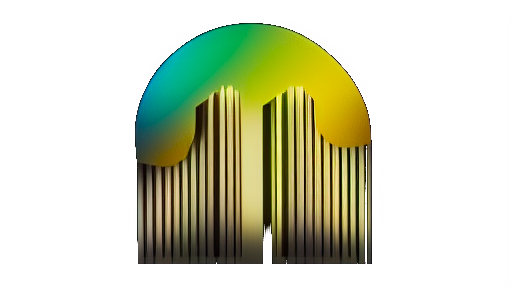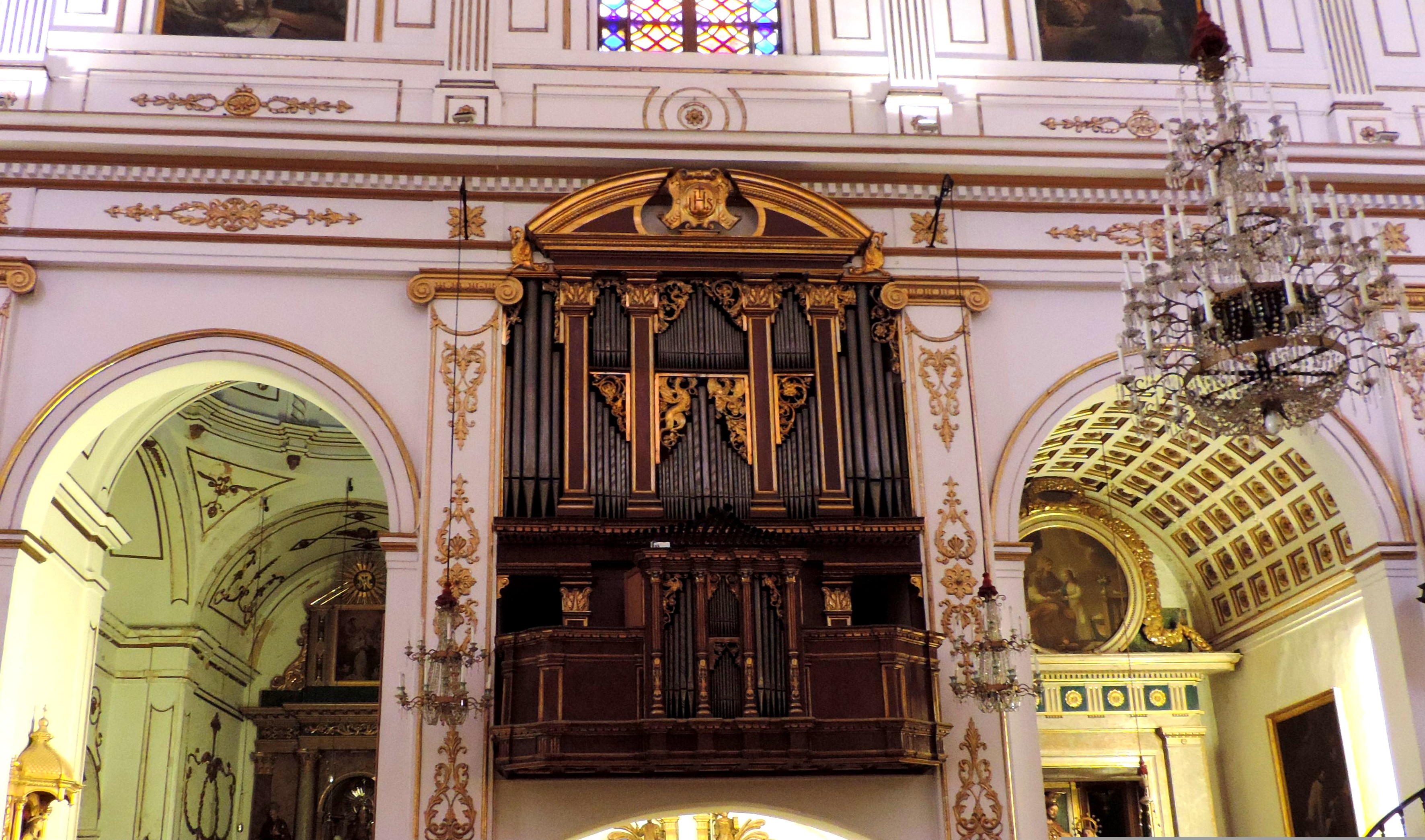Campos, Església de Sant Julià
| Builder | Amezua y Cia. |
|---|---|
| Year | ca. 1928 |
| Period/Style | Classical |
| Stops | 14 |
| Keyboards | 2+P |
| Keyaction | tracker/mechanical |
| Tuning | Equal at 440 Hz |
The organ of the Church of Sant Julià in Campos, Mallorca, is an actively used historical instrument located above the fourth chapel on the left of the main altar. Its origins date back to the late 16th century, when in 1599 the local council decided to build an organ, completed by 1626. The organ underwent numerous restorations and upgrades throughout its history. In 1855, three stops were added, and in 1864, it was moved to the new church building by organ builder Joan Puig. A significant modernization occurred in 1928 by the firm Amezúa y Compañía, introducing two 56-note manuals and a 30-note pedalboard. However, this renovation also removed some original elements, including the cadireta and short octave.
The organ remained in use until the late 20th century, with another major restoration occurring in 1982 by Calvano and Bernal, enhancing the sound and functionality. Due to liturgical changes, regular use declined, but it was still used for major feasts and weddings. A final restoration in 1993 by Gerhard Grenzing addressed woodworm damage, repaired the second manual, and restored the pneumatic systems. Since then, the organ has remained in excellent condition. The instrument features two manuals, 30-note pedalboard (with manual couplers but no independent pedal stops), and a varied stoplist including flutes, reeds, and romantic and classical voices, reflecting its long evolution. Throughout its history, numerous organists served the parish, with documented names dating as far back as 1583.
The organ remained in use until the late 20th century, with another major restoration occurring in 1982 by Calvano and Bernal, enhancing the sound and functionality. Due to liturgical changes, regular use declined, but it was still used for major feasts and weddings. A final restoration in 1993 by Gerhard Grenzing addressed woodworm damage, repaired the second manual, and restored the pneumatic systems. Since then, the organ has remained in excellent condition. The instrument features two manuals, 30-note pedalboard (with manual couplers but no independent pedal stops), and a varied stoplist including flutes, reeds, and romantic and classical voices, reflecting its long evolution. Throughout its history, numerous organists served the parish, with documented names dating as far back as 1583.
| Orgue Major | Orgue d'ecos | Pedal |
|---|---|---|
| Violon 16' | Flauta 8' | |
| Flautat 8' | Gamba 8' | |
| Violon 8' | Celesta 8' | |
| Salicional 8' | Ocarina 4' | |
| Octava 4' | Fagot i oboè 8' | |
| Quinzena 2' | ||
| Ple III | ||
| Trompeta reial 8' | ||
| Clarí 4' |
No Video/Audio samples available.
https://ca.wikipedia.org/wiki/Orgue_de_l%27esgl%C3%A9sia_de_Sant_Juli%C3%A0
 Pipe Organ Map
Pipe Organ Map